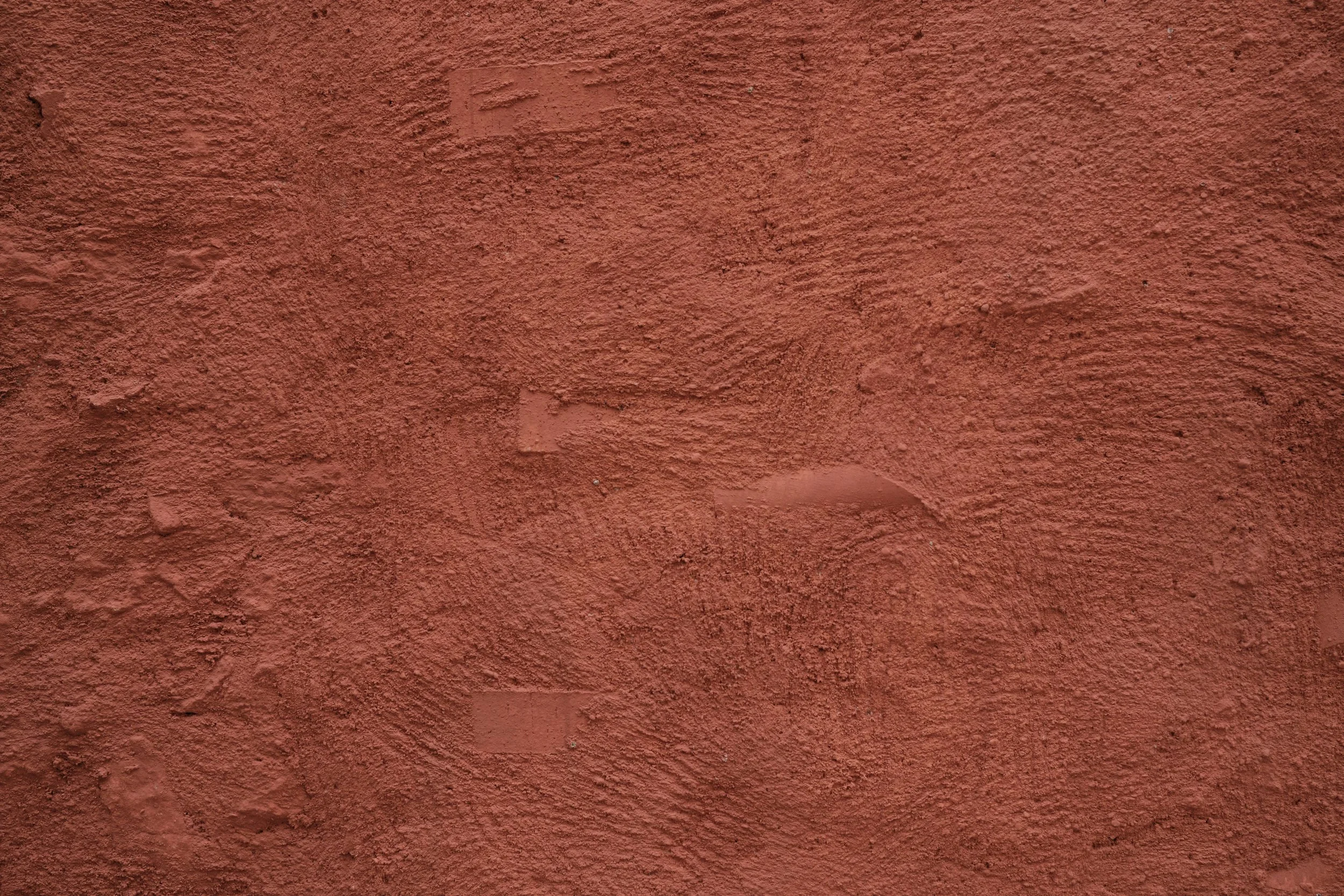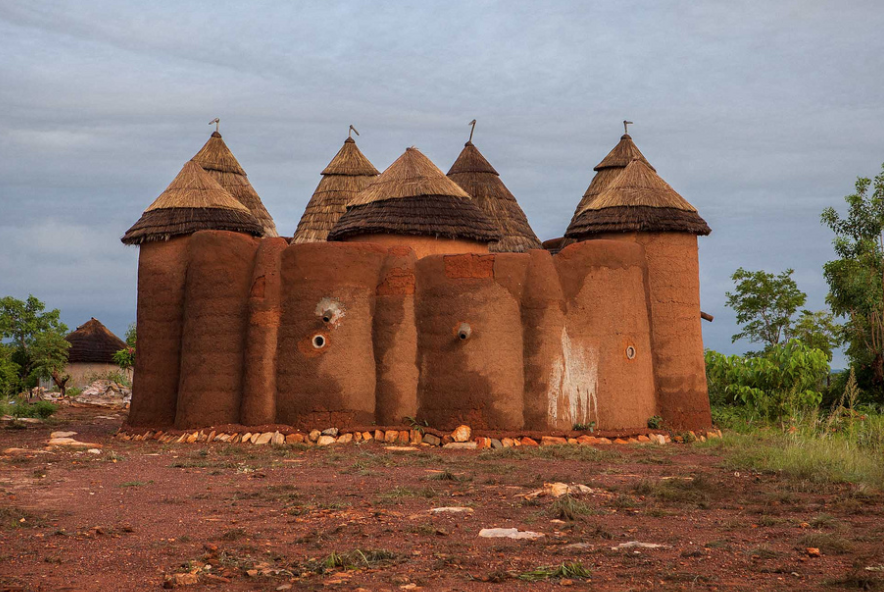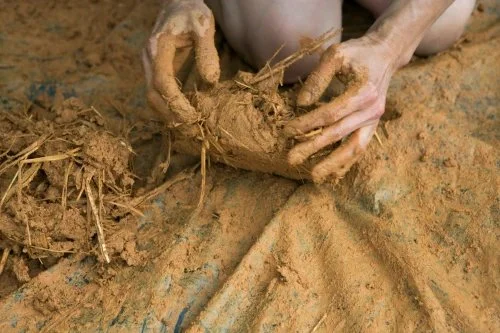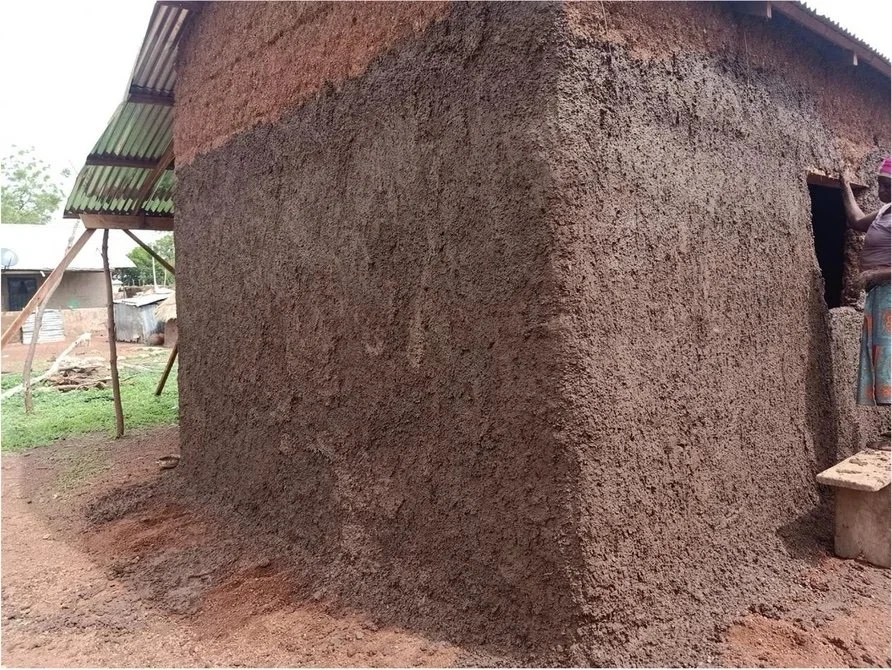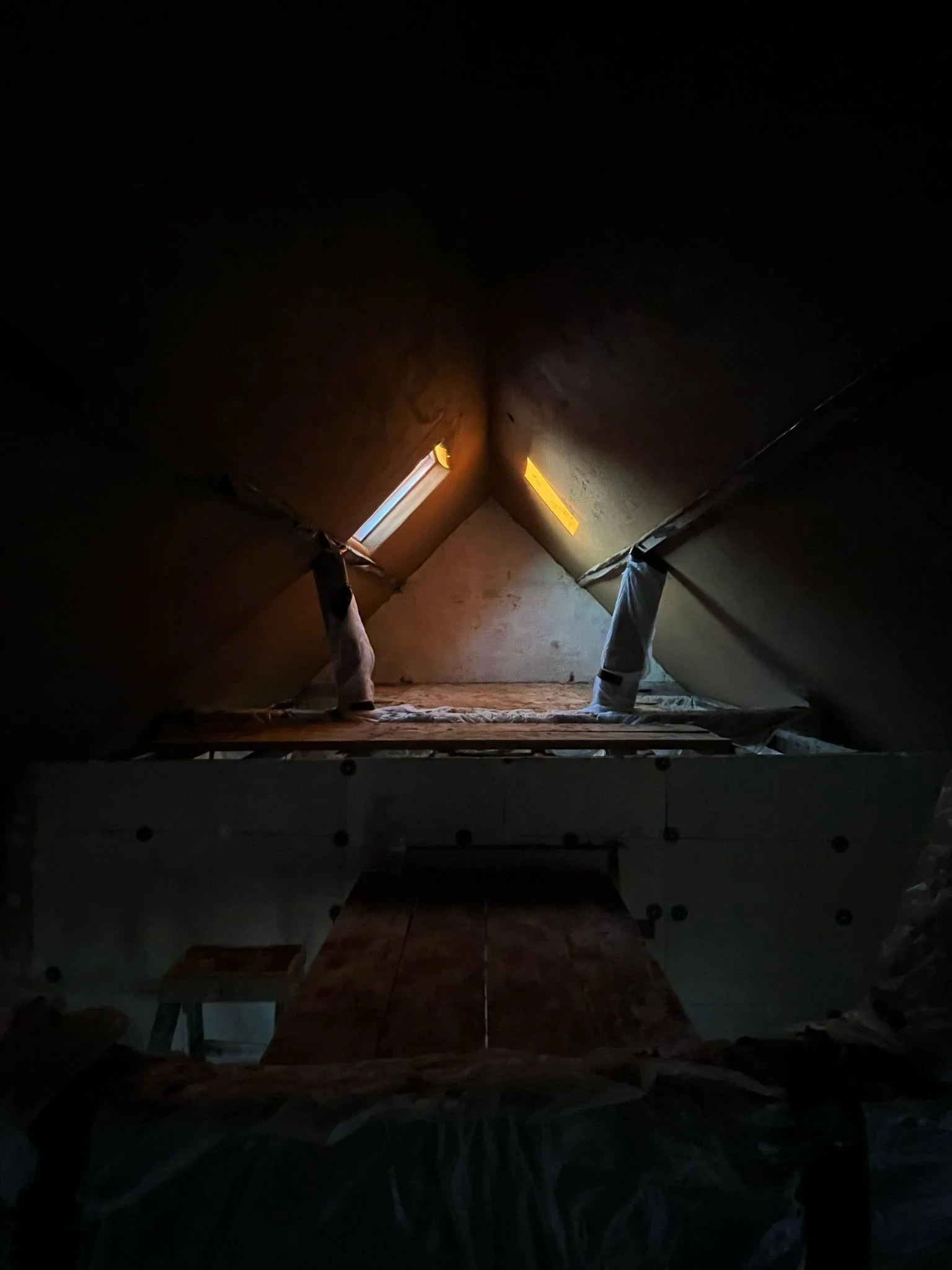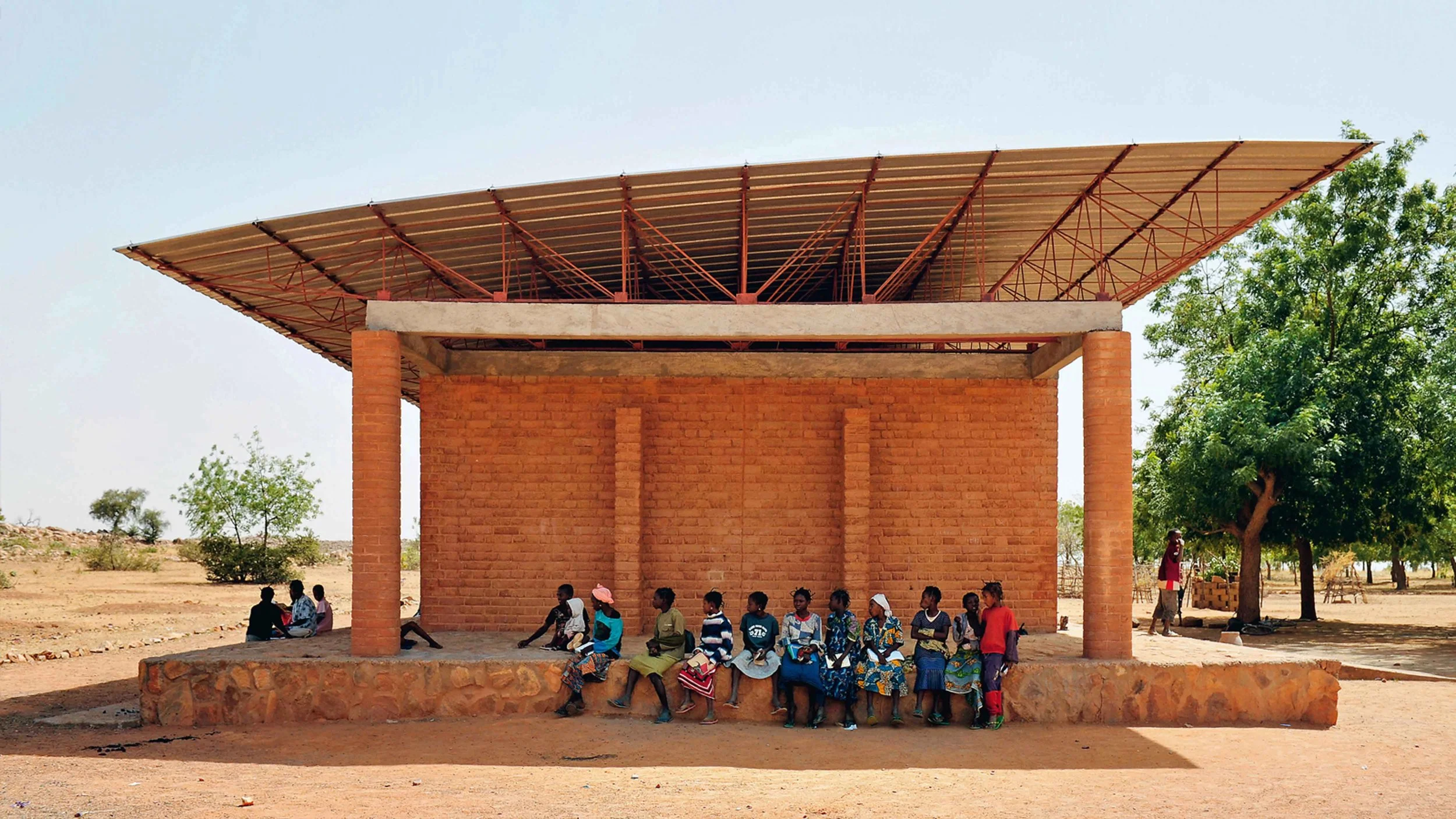Rooted in Earth
Rooted in Earth: The Timeless Connection Between Humans and Earthen Material
Rooted in Earth: The Timeless Connection Between Humans and Earthen Material
Since the dawn of human history, earth has been more than just the ground beneath our feet—it’s been our shelter, our canvas, and our companion. Across continents and centuries, earthen materials like clay, sand, silt, and straw have shaped how we build, create, and connect. In an age of industrial materials and digital lives, there’s something deeply grounding about returning to the earth—literally and symbolically.
A Relationship as Old as Time
Long before modern construction materials, humans built with what was underfoot. In England, humble and enduring cob cottages made from clay, sand, straw, and water have stood the test of time. Found throughout Devon and Cornwall, these buildings—some over 400 years old—speak to a vernacular tradition rooted in resourcefulness, locality, and craft.
In Africa, traditional earthen architecture has left a powerful legacy—from the monumental Great Mosque of Djenné in Mali, made of sun-baked mud bricks, to the tata-somba homes of Benin, fortified with hand-sculpted earth and crowned with symbolic figurines.
“The earth is the mother of all people, and all people should have equal rights upon it.”— Chief Joseph
Tactile and Transformative
Working with earth is visceral. You mix it with your hands, feel the stickiness of clay, the crunch of straw, the cool weight of wet cob. In African and English traditions, earthen construction is hands-on and deeply sensory, often done communally, with knowledge passed through generations.
This process is meditative and human. Whether shaping a cob wall in the English countryside or applying a smooth earthen plaster in a Ghanaian compound, you are in dialogue with the material and history.
“The hand is the tool of tools.”— Aristotle
A Material That Breathes
Earth is a living material. It regulates moisture, insulates naturally, and breathes with the seasons. In both English and African earthen homes, this has always contributed to thermal comfort and indoor air quality, long before we had the words “sustainable” or “eco.”
Thick cob or adobe walls provide natural warmth in winter and coolness in summer. Lime and clay plasters allow walls to breathe, avoiding mould and damp. Earth respects the rhythms of climate and life.
“Architecture is the learned game, correct and magnificent, of forms assembled in the light.”— Le Corbusier
Reclaiming Connection
As modern building systems become faster but less meaningful, a quiet revival is underway. Natural builders, architects, and artists are turning back to earth—not just as a sustainable alternative, but as a way to reconnect with land, people, and purpose.
In Africa, architects like Francis Kéré are reviving and modernising traditional Sahelian methods, blending community participation with innovation. In England, cob is once again being used in new builds and restorations, with courses and workshops drawing people curious to rediscover their roots.
“When we build, let us think that we build forever.”— John Ruskin
More Than a Material
To work with earth is to step into rhythm with something older than civilisation. It’s slow, grounding, and deeply human. Whether it’s a farmhouse in rural Devon or a family compound in Mali, earth offers more than shelter—it offers a sense of belonging.
“The walls we build around us to keep sadness out also keep out the joy.”— Jim Rohn
We all crave a sense of belonging. Working with this earth-given materials reminds us of where we came from, where we belong and where we’re going.



